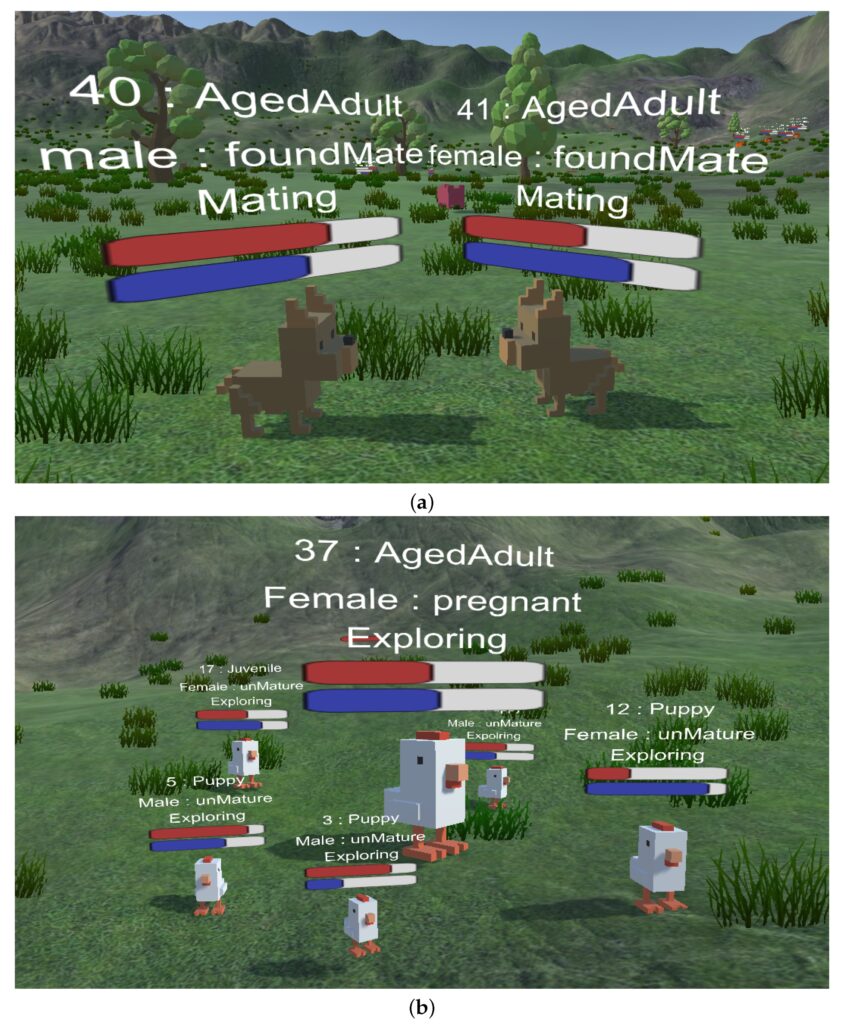The video game industry has experienced exponential growth in recent years, with the Entertainment Software Association reporting $47 billion in revenue in 2020 alone. Unity, a cross-platform game engine popular for its user-friendly interface, has revolutionized the game development process. Developers follow a five-stage process that includes concept generation, pre-production, production, testing, and release. While game development presents challenges such as managing cost and time, keeping pace with the latest technology, and balancing creativity and functionality, the result is a high-quality gaming experience that engages millions of players worldwide.
The Power of Unity: Exploring the Game Development Process
The Importance of Game Development
The Importance of Game Development
The video game industry has become one of the most lucrative and dominant forms of entertainment in the world. According to the Entertainment Software Association, gaming has reached over 166 million adults in the US alone, generating over $47 billion in revenue in 2020. The demand for immersive gaming experiences has never been higher, and the game development process has revolutionized to keep up with these demands.
Introduction to Unity
Unity is a cross-platform game engine that has become a popular choice among game developers due to its ease of use, flexibility, and powerful features. Unity allows developers to create 2D and 3D games with intuitive user interfaces, visual scripting tools, and a wide range of assets and plugins.
The Game Development Process
The game development process can be broken down into several stages, each with its own set of tasks and challenges. These are the stages typically involved in the development process of a game using the Unity engine:
1. Concept
The game development process starts with a concept, a basic idea of the game, its genre, and gameplay mechanics. This is the initial stage where creativity is essential to develop a unique and engaging gaming experience.
2. Pre-Production
Once the concept is developed, pre-production takes place. During this stage, the developers create a game design document (GDD), which outlines the game’s mechanics, story, characters, and environment. The GDD serves as a blueprint for the team to follow throughout the development process. It also includes a detailed schedule for each stage, milestones, and deadlines.
3. Production
The production stage is when the actual game development takes place. This stage involves several tasks:
Level Design and Environment
The game’s environment and level design are created, which includes the game’s setting, terrain, structures, characters, props, and other elements. Unity provides a host of tools and assets that help game designers to create complex scenes with ease.
Programming
The game’s functionality and mechanics are programmed, including AI, physics, UI, and other game systems. Unity has a C# scripting language, which is used to design the game’s functionality.
Animation and Visual Design
The game’s art and visuals are created, including 3D models, textures, lighting, and UI design. Unity’s built-in animation tools enable game developers to create lifelike animations, dynamic visual effects, and transitions.
4. Testing
Testing is a critical phase in game development, where the team can identify and solve potential bugs, glitches, and other issues in the game. This is an essential stage to ensure that the game is playable and meets the quality standards.
5. Release
After the game is thoroughly tested, it is released for distribution. Unity provides several publishing options, including app stores, PC, console, and web platforms.
The Challenges in Game Development
Game development is a complex process that involves several challenges:
1. Managing Costs and Time
Game development involves several stages and team members, which can lead to higher costs and longer development times. It is essential to manage costs and time to ensure that the game is delivered on time and within the budget.
2. Keeping Up with the Latest Technology
The gaming industry is continuously evolving, and developers must keep up with the latest trends, tools, and technology to provide the best gaming experience to the players.
3. Balancing Creativity and Functionality
Game development requires creativity to develop engaging stories, characters, and environments, but it must also balance functionality to ensure that the game is playable and meets the quality standards.
Conclusion
Unity has revolutionized the game development process, providing developers with an intuitive and powerful game engine that simplifies the process without compromising quality. The video game industry has become a cultural phenomenon, and the demand for immersive gaming experiences continues to grow. The game development process involves several stages, each with its own set of tasks and challenges, and it is essential to manage costs, time, and quality to deliver the best gaming experience to the players.
